In the dynamic realm of cryptocurrencies and blockchain technology, Ethereum stands as a pioneering force, reshaping the landscape of decentralized applications and smart contracts. Its inception, functionality, advantages, and limitations comprise a captivating narrative of innovation and transformation.
What is Ethereum?
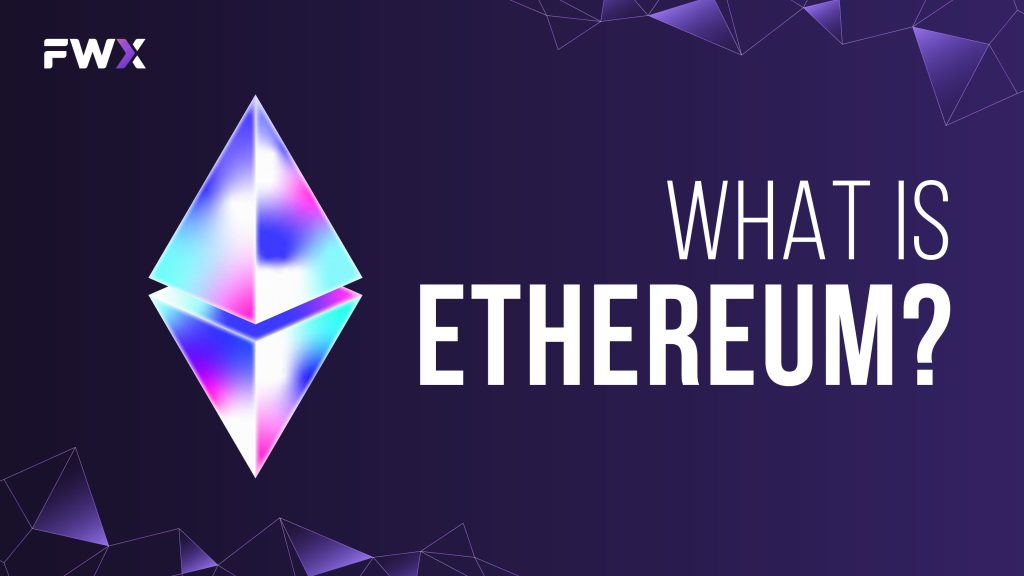
Ethereum is a decentralized, open-source blockchain platform that enables the creation of smart contracts and decentralized applications (DApps). Smart contracts are self-executing contracts with the terms of the agreement between buyer and seller directly written into lines of code. DApps are digital applications that run on a decentralized network, meaning they are not controlled by any single entity.
Ethereum is the second-largest cryptocurrency by market capitalization, after Bitcoin. Its native cryptocurrency is Ether (ETH), which is used to pay for transaction fees on the Ethereum network.
History of Ethereum
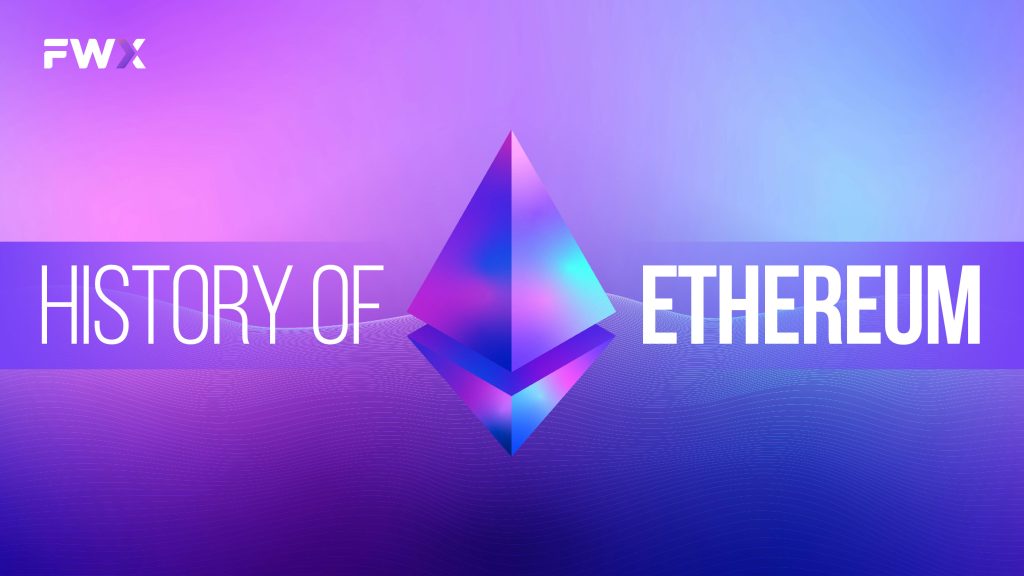
Ethereum was first proposed in 2013 by Vitalik Buterin, a researcher at Bitcoin Magazine. Buterin was a big fan of Bitcoin, but he felt that it was too limited in its scope. He wanted to create a platform that could be used to build more than just a digital currency.
Ethereum was launched in 2015, and it quickly became one of the most popular blockchain platforms in the world. It is known for its smart contract functionality, which allows developers to create complex decentralized applications (DApps).
Some of the most popular DApps on it include Uniswap (a decentralized exchange), Aave (a decentralized lending platform), and OpenSea (an NFT marketplace).
Ethereum is also home to a wide range of other DeFi protocols, gaming applications, and enterprise solutions.
In 2022, Ethereum transitioned from a proof-of-work (PoW) consensus mechanism to a proof-of-stake (PoS) consensus mechanism. This transition was known as the Merge. The Merge was a major milestone for Ethereum, and it is expected to make the platform more scalable and energy efficient.
It is still under development, but it has already had a major impact on the blockchain world. It is one of the most popular and innovative blockchain platforms, and it is poised for even greater adoption in the future.
How does Ethereum work?

Ethereum is powered by a distributed network of computers called nodes. These nodes are responsible for verifying and processing transactions on the network.
When a transaction is submitted to the Ethereum network, it is sent to all of the nodes. The nodes then verify the transaction and add it to the blockchain, which is a public ledger of all transactions on the network.
Once a transaction is added to the blockchain, it cannot be reversed. This makes It a secure and tamper-proof platform for conducting transactions.
Here is a simplified example of how It works:
- Alice wants to send 1 ETH to Bob.
- Alice creates a transaction and submits it to the Ethereum network.
- The transaction is sent to all of the nodes on the network.
- The nodes verify the transaction and add it to the blockchain.
- Bob’s Ethereum wallet is updated to reflect the new balance.
- The entire process takes only a few seconds.
- It is a complex platform, but this is a basic overview of how it works.
Ethereum Key features
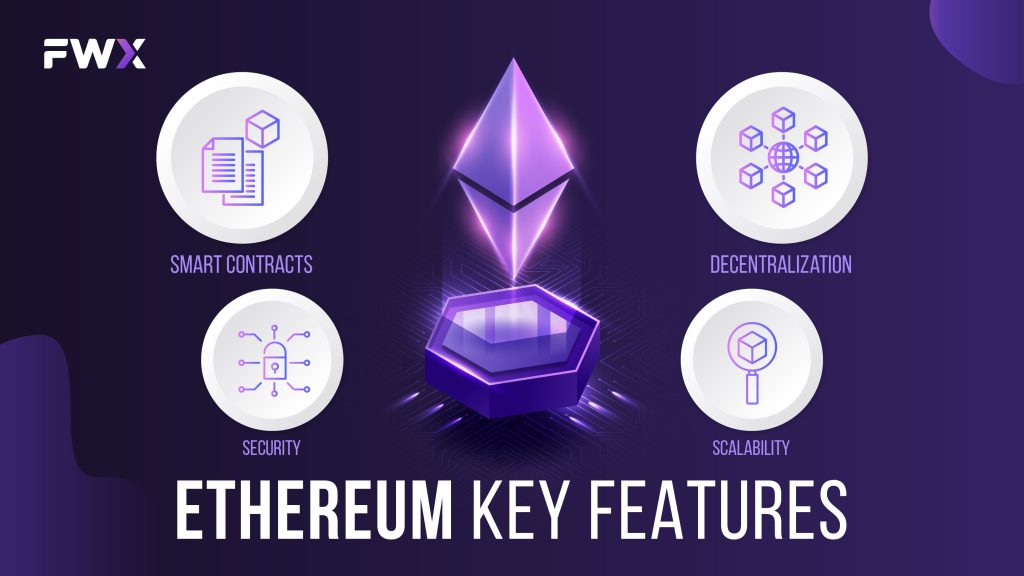
Some of the key features of Ethereum include:
- Smart contracts: Smart contracts are self-executing contracts that allow users to automate transactions without the need for a trusted third party.
- Decentralization: It is a decentralized platform, meaning it is not controlled by any single entity.
- Security: It is a secure platform thanks to its use of cryptography and blockchain technology.
- Scalability: It is working on scaling solutions to increase its transaction throughput.
Ethereum Use cases
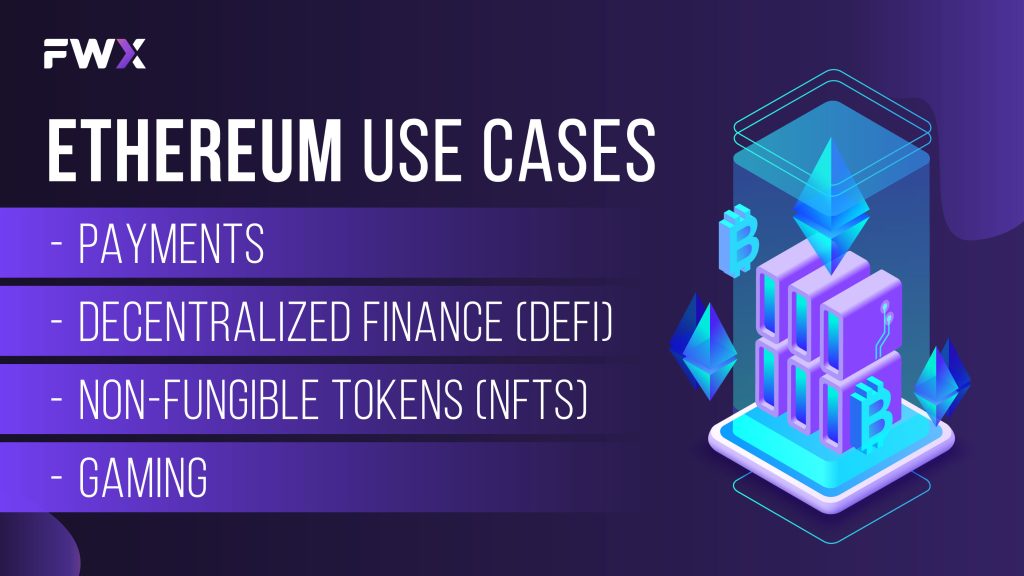
Ethereum can be used for a variety of purposes, including:
- Payments: It can be used to send and receive payments from anyone in the world.
- Decentralized finance (DeFi): It is home to a wide range of DeFi protocols that allow users to lend, borrow, trade, and earn interest on their crypto assets.
- Non-fungible tokens (NFTs): It is the most popular platform for NFTs, which are digital assets that are unique and non-interchangeable.
- Gaming: It is used to power a variety of blockchain-based games.
- Enterprise solutions: It is also being used to develop enterprise solutions, such as supply chain management and identity management systems.
Advantages and Disadvantages
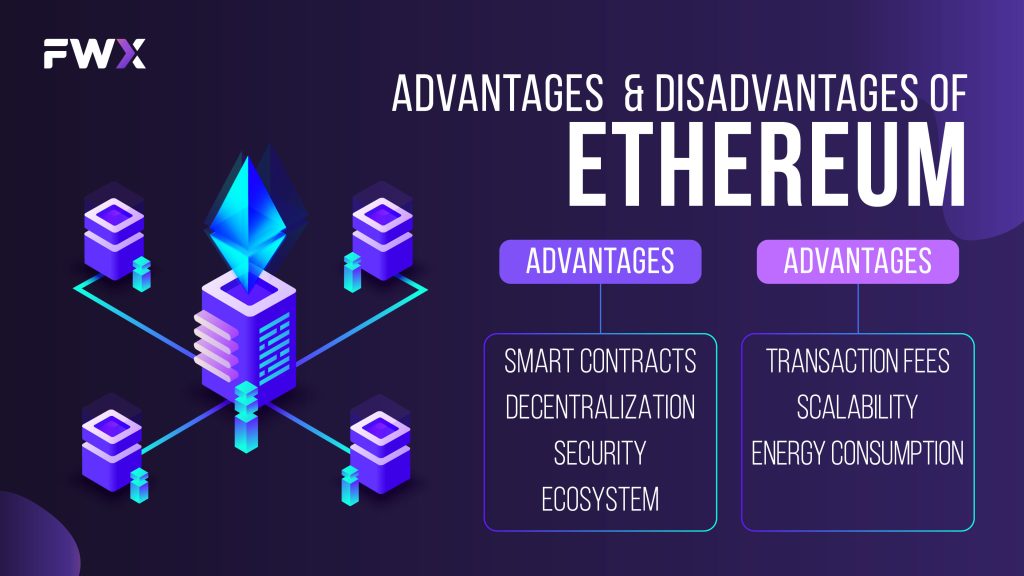
Some of the advantages of Ethereum include:
- Smart contracts: Ethereum’s smart contract functionality allows users to create and automate complex transactions without the need for a trusted third party.
- Decentralization: It is a decentralized platform, meaning it is not controlled by any single entity.
- Security: It is a secure platform thanks to its use of cryptography and blockchain technology.
- Ecosystem: It has a large and active ecosystem of developers and users.
Some of the disadvantages of Ethereum include:
- Transaction fees: Ethereum transaction fees can be high, especially during periods of high network activity.
- Scalability: It is currently facing scalability challenges, which means it can be slow to process transactions during times of high demand.
- Energy consumption: It is an energy-intensive platform due to the use of proof-of-work to secure the network.
The future of Ethereum
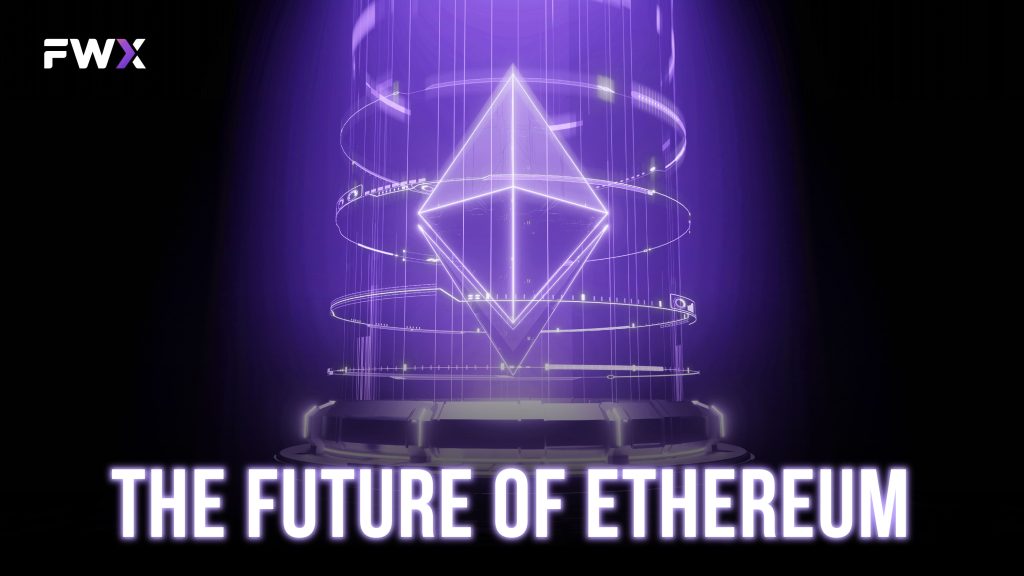
The future of Ethereum is very promising. It is the second-largest cryptocurrency by market capitalization, and it has a large and active community of developers and users. It is also constantly innovating and developing new features and applications.
One of the most important developments for Ethereum is the transition to proof-of-stake (PoS). PoS is a more energy-efficient and scalable consensus mechanism than the current proof-of-work (PoW) mechanism. The transition to PoS is expected to make it more attractive to a wider range of users and applications.
Another important development for Ethereum is the Layer 2 scaling solutions that are being developed. Layer 2 solutions are designed to increase it’s transaction throughput and reduce transaction fees. These solutions are still in their early stages of development, but they have the potential to make it a more scalable and affordable platform for users.
Overall, the future of it is very bright. It is a powerful and versatile platform with a wide range of potential applications. It is also constantly innovating and developing new features and applications.
Conclusion
Ethereum is a powerful and versatile platform that has the potential to revolutionize many industries. It is already being used to build a wide range of innovative applications, and its ecosystem is growing rapidly.
While Ethereum faces some challenges, such as high transaction fees and scalability issues, the Ethereum team is working on solutions to these problems. Once Ethereum 2.0 is fully implemented, it will be poised for even greater adoption.


